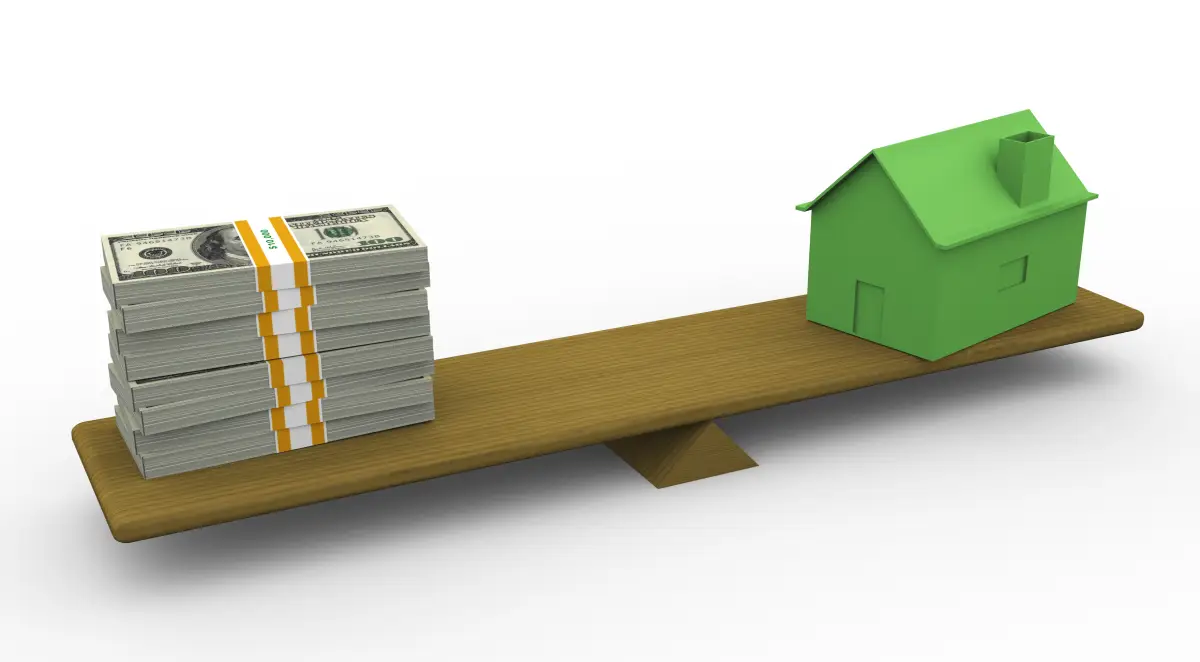If your rental property in Contra Costa is fully leased and the rent checks keep coming, that’s a good sign—but not the whole story. Without examining key financial indicators like ROI, profit, and cash flow, you may be running a property that looks busy on the surface but underdelivers behind the scenes.
To truly thrive as a landlord, it’s essential to view your investment through a financial lens. Numbers don’t just tell you how much you're earning—they guide smarter decisions on rent adjustments, upgrades, and long-term strategy. A solid understanding of property performance helps ensure your real estate investments are generating sustainable income, not just effort.
To make it easier, check out this helpful guide to property management accounting from PMI East Bay.
Key Takeaways
- ROI measures your property's return compared to the total investment.
- Cash flow is the income left after all monthly expenses.
- Profit includes appreciation, tax deductions, and future sales value.
- Streamlined tracking with tools or support prevents financial blind spots.
- Strategic upgrades and retention efforts can increase long-term returns.
ROI: Measuring the Return on Your Investment
Return on Investment (ROI) gives you a clear look at whether your property is actually performing or just occupying your time.
Use this formula:
(Net Annual Profit ÷ Total Investment) × 100
For example, if you’ve invested $500,000 into your Contra Costa rental—including purchase, upgrades, and closing costs—and earned $25,000 in profit last year, your ROI is 5%.
Most investors in single-family homes aim for an ROI between 5% and 10%. If your returns fall short, it may be time to revisit your rent pricing, management costs, or tenant retention strategies.
Cash Flow: Your Monthly Financial Safety Net
Cash flow is what’s left in your pocket after all the bills are paid. It’s your property's monthly health check.
Cash Flow = Monthly Rent – Monthly Operating Expenses
Say your Contra Costa rental brings in $2,700 each month. After accounting for the mortgage, taxes, maintenance, and insurance totaling $2,400, you're left with a $300 monthly surplus. That’s positive cash flow—and it adds up over time.
A common benchmark investors use is the “1% rule”—charging rent equal to 1% of the purchase price. In high-demand areas like Contra Costa, this isn’t always possible, but it’s a good indicator of rent viability relative to property value.
Profit: The Bigger Financial Picture
Cash flow tracks the now, profit captures the future. Long-term profit is where you see the total impact of owning a rental, and it includes much more than monthly income.
Key profit components include:
- Property appreciation over time
- Major improvements like new kitchens, roofs, or HVAC systems
- Depreciation and tax write-offs
- Exit strategies like 1031 exchanges
- Proceeds from selling the property
Even if your rental barely breaks even each month, strong appreciation and tax savings can make it a very profitable investment over time.
Curious how disbursements affect your profit planning? Learn more with this owner disbursement guide for Contra Costa landlords.
How to Keep Tabs on Rental Performance
Tracking your financials doesn’t have to be time-consuming, but it does need to be consistent. Here’s how to keep everything in order:
1. Record Income and Expenses Monthly
Create a system to document all rent payments, deposits, fees, and expenses—utilities, repairs, taxes, HOA dues, and more.
2. Store Important Documents
Save invoices, receipts, lease agreements, and service contracts. This helps during tax season and when assessing profit.
3. Use Financial Tools
Property management software or online accounting tools can automate calculations and create clear financial reports.
4. Partner With Experts
A local property management company like PMI East Bay offers monthly performance summaries and real-time access to financial dashboards, taking the guesswork out of tracking.
If you're facing challenges, this article on pain points from poor accounting explains how to avoid common mistakes.
Boosting ROI with Strategic Improvements
Even small enhancements can yield measurable gains. Focus on increasing rent potential and decreasing costs.
Effective ways to raise ROI:
- Modernize interiors with updated appliances and fixtures
- Bundle amenities like lawn care or laundry for added value
- Reevaluate rent pricing at lease renewals based on current market comps
- Retain good tenants through proactive communication and timely repairs
- Reduce turnover with incentives or flexible lease terms
Turnover is one of the costliest parts of managing a rental. Between vacancy loss, cleaning, repairs, and marketing, the average turnover cost can hit $3,000 or more. Retaining quality tenants boosts ROI without needing rent increases.
Common Mistakes That Limit Profit
A few common errors can quickly drain your rental’s earnings, often without you realizing it.
Here’s what to watch out for:
- Skipping preventative maintenance, leading to larger, unexpected costs
- Pricing above market rates, which causes longer vacancies
- Failing to plan for vacancy periods or legal fees
- Overlooking depreciation and other deductions
- Blending business and personal finances, complicating expense tracking
Financial oversight often happens gradually, but consistent review and adjustments can prevent these issues from snowballing.
Why This Matters for Contra Costa Landlords
The East Bay market is competitive, dynamic, and full of opportunity—but also fluctuates based on economic conditions, local development, and regional demand.
Staying aware of factors like property appreciation trends, changes in rent control laws, and seasonal leasing patterns allows you to fine-tune your strategy. By actively tracking ROI, cash flow, and profit, you position yourself for smarter decision-making and long-term growth in Contra Costa’s evolving landscape.
Turn Passive Income into Real Progress
In real estate, the difference between a profitable investment and a money pit often comes down to strategy. Understanding what your numbers are telling you—and taking action based on them—is what elevates casual landlords into confident investors.
With support from PMI East Bay, you’ll gain expert insights, advanced tools, and a local team that’s focused on helping you grow your rental income the smart way.
Don’t guess—know where you stand
Start working with PMI East Bay to get clear, actionable insight into your property’s performance.
FAQs
What is a healthy ROI for Contra Costa rental properties?
Most investors aim for a return between 5% and 10%, depending on property type and location.
How do I calculate monthly cash flow?
Subtract your total monthly operating costs from your rental income. If the number is positive, you have a surplus.
What long-term factors affect profit?
Key elements include property appreciation, tax deductions, and the final sale price of your property.
How can I reduce turnover expenses?
Focus on tenant satisfaction, renew leases early, and handle maintenance requests promptly.
Should I use accounting software for just one rental?
Yes—even single-property landlords benefit from organized financial tracking and reporting.


